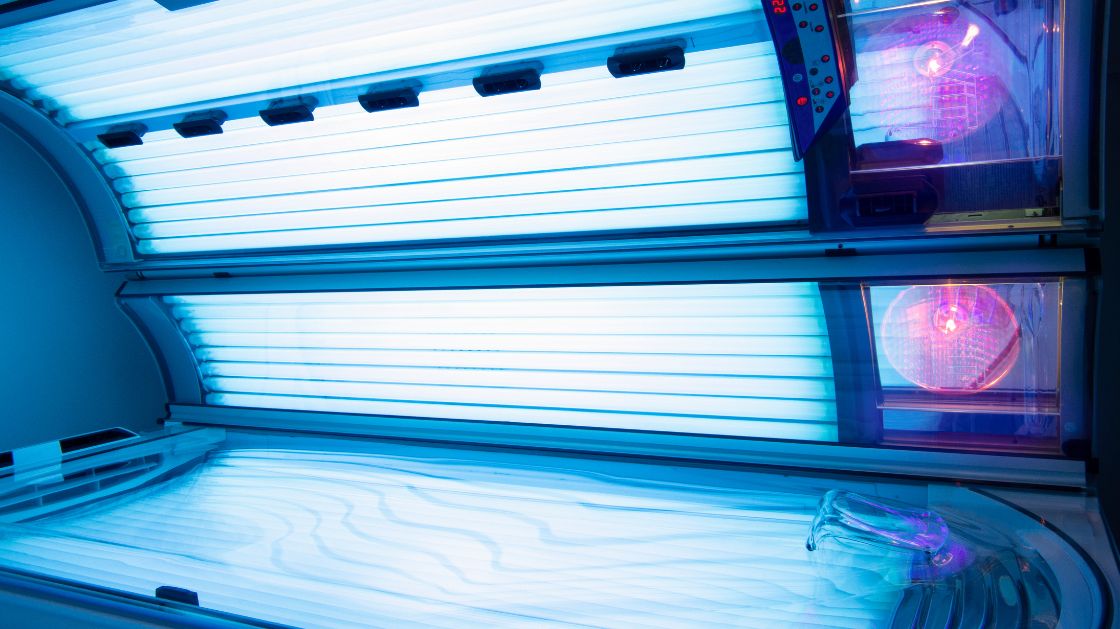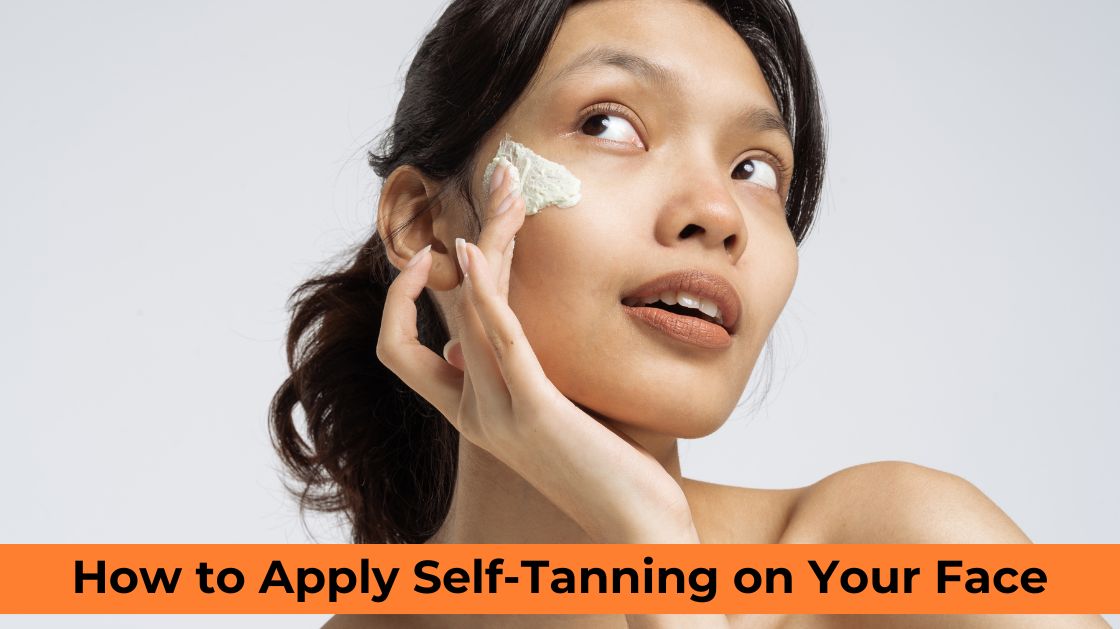In recent years, tanning beds, including the practice of being naked truth about in tanning bed, have become a popular method for achieving a sun-kissed glow without relying on natural sunlight.
Despite the controversy surrounding their safety, many individuals are drawn to the convenience and speed of achieving a tan in a controlled environment. The option to tan naked truth about in a tanning bed adds another layer to the discussion, raising considerations about etiquette, benefits, and potential risks associated with exposing the entire body to UV rays during these sessions.
Tanning Bed Etiquette
One of the frequently debated aspects of tanning bed usage is whether or not to tan naked. This section explores the considerations and etiquette surrounding the choice to disrobe in a tanning bed and the impact it can have on the tanning experience.
The Benefits of Tanning Beds
- Even Tan Coverage: Tanning naked allows for uniform exposure to UV rays, reducing the likelihood of uneven tan lines.
- Minimized Tan Lines: Without clothing, there is a significant reduction in tan lines, offering a seamless and natural-looking tan.
- Enhanced Vitamin D Absorption: Naked tanning exposes a larger surface area of the skin, potentially increasing the absorption of vitamin D from UV rays.
- Improved Skin Health: Direct exposure of the entire body to UV light may contribute to improved skin health by promoting blood circulation and aiding in conditions like psoriasis.
- Enhanced Psychological Comfort: For some individuals, tanning without clothing can boost body confidence and contribute to a more relaxed and enjoyable tanning experience.
- Increased Relaxation: The freedom of tanning without swimwear or clothing may enhance overall relaxation and comfort during the tanning session.
- Time Efficiency: Tanning naked can save time, as there’s no need to adjust or remove clothing, making the tanning process more efficient.
- Personal Preference: Ultimately, tanning naked is a matter of personal choice, and many find it to be a liberating and enjoyable way to achieve a tan.

The Risks of Tanning Beds
- Increased UV Exposure: Tanning naked exposes sensitive areas of the body to direct UV radiation, potentially leading to an increased risk of sunburn and long-term skin damage.
- Higher Risk of Skin Cancer: Prolonged and unprotected exposure to UV rays, especially in sensitive areas, may elevate the risk of developing skin cancer, including melanoma.
- Eye Damage: The absence of protective eyewear during naked tanning sessions increases the risk of eye damage, including UV-related conditions like cataracts.
- Lack of Regulation: Tanning beds are not uniformly regulated, and users may face inconsistent safety standards, contributing to potential health risks.
- Dehydration and Heat Stress: Extended sessions in a tanning bed, particularly when naked, can lead to dehydration and heat stress, posing risks to overall health.
- Skin Aging: Unprotected exposure to UV radiation accelerates the aging process of the skin, leading to wrinkles, fine lines, and loss of skin elasticity.
- Mucous Membrane Exposure: Naked tanning exposes mucous membranes, such as the genital area, to UV radiation, which may increase the risk of irritation or other adverse effects.
- Psychological Impact: Concerns related to body image, societal pressures, and privacy may contribute to stress and psychological discomfort during naked tanning, impacting the overall well-being of individuals.
Tips for Tanning Naked in a Tanning Bed
- Use Sunscreen: Even when tanning naked indoors, apply a broad-spectrum sunscreen to sensitive areas to protect the skin from harmful UV rays.
- Protect Eyes: Always wear protective eyewear designed for tanning beds to shield your eyes from potential damage caused by UV exposure.
- Hydrate: Stay well-hydrated before and after a naked tanning session to prevent dehydration, particularly when spending an extended period in a tanning bed.
- Follow Time Guidelines: Adhere to recommended time limits for tanning sessions to avoid overexposure, sunburn, and other potential health risks.
- Know Your Skin Type: Understand your skin type and its sensitivity to UV radiation. Adjust tanning session durations accordingly to minimize the risk of burns.
- Choose a Reputable Salon: Opt for established tanning salons with well-maintained equipment and knowledgeable staff to ensure a safe and clean tanning environment.
- Moisturize: Keep your skin moisturized before and after tanning to maintain skin health and prolong the life of your tan.
- Rotate Positions: Change your body’s position during the tanning session to ensure even exposure and minimize the risk of uneven tan lines.
- Limit Frequency: Avoid excessive tanning sessions to reduce the risk of long-term skin damage and to allow your skin to recover between sessions.
- Consider Alternatives: Explore alternative tanning methods, such as sunless tanning lotions or spray tans, to achieve a bronzed look without the potential risks associated with UV exposure.
Alternatives to Naked Tanning
- Tanning Attire: Wear specific tanning attire designed to expose more skin, minimizing tan lines while maintaining modesty.
- Strategic Swimsuits: Opt for swimsuits with minimal coverage or strategic cutouts to achieve a tan while still covering certain areas.
- Tanning Lotions: Use sunless tanning lotions or sprays for a bronzed look without UV exposure, reducing the risk of skin damage.
- Spray Tans: Visit a professional salon for a spray tan, providing an even and controlled tan without the need for UV rays.
- Tan Through Clothing: Choose clothing specifically designed to allow UV rays to penetrate, providing a tan while still covering the skin.
- Outdoor Sunbathing: When possible, opt for natural sunlight in a controlled manner, using appropriate sun protection to minimize risks.
- Gradual Tan Products: Use gradual tan products that build up color over time, offering a subtle and controlled approach to achieving a tan.
Conclusion
In the final section, the article concludes by emphasizing the importance of personal comfort and safety in the tanning process.
Whether choosing to tan naked truth about in tanning bed or opting for alternative methods, individuals are encouraged to prioritize their well-being and embrace a tanning approach that aligns with their preferences.













